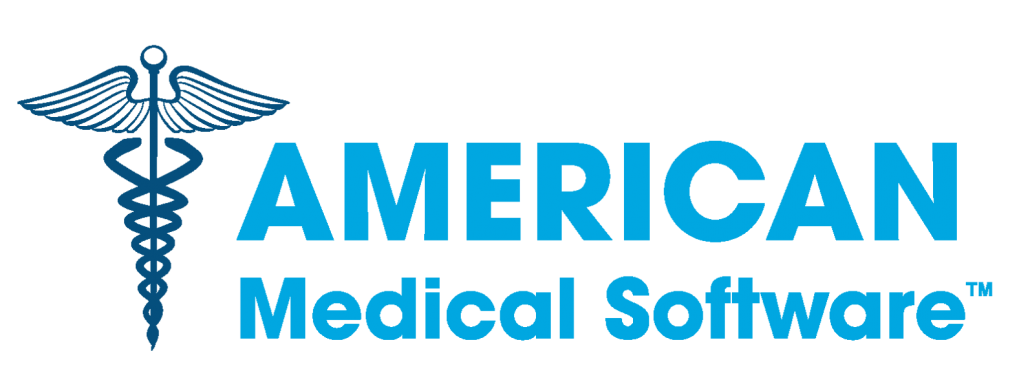10 Steps to Take Now For E-Medical Records
Don’t wait for the government to finalize meaningful use requirements. Here’s how to jump-start your health IT efforts.
The federal government’s $20 billion-plus healthcare IT stimulus program has more hospitals and doctors than ever planning to implement e-medical record and other health IT systems. But many healthcare providers have put plans on hold as they wait for the government’s final “meaningful use” rules that will determine which types of systems are eligible for reimbursements.
“I’ve been in this industry for 25 years, and I’ve never seen as much anxiety and confusion,” said Dr. Mark Leavitt, chairman of the Certification Commission for Health IT. Leavitt spoke with Information week at the Healthcare Information Management Systems Society (HIMSS ) conference in Atlanta Tuesday.
Learn about the hottest PC speech app around — Dragon Naturally Speaking 10 — as InformationWeek’s Alex Wolfe talks with Peter Mahoney, vice president of worldwide sales at Nuance Communications.
Despite all the uncertainty, there are steps providers can take now that will help them jump-start system deployments once the final rules are issued later this spring. Here are 10 top ones:
1) Get buy-in and sponsorship from your organization’s top leadership, including influential clinicians and the CEO. “Solicit your leadership team and actively communicate with upper management,” said Curt Kwak, CIO of the western region of Providence Health & Services, a provider that serves Washington, Oregon, Montana, California, and Alaska. Support from the top is critical, especially when convincing users to give up old work habit and processes. Make sure everyone understands your goals, such as how the new systems will improve quality of care.
2) Decide how you’ll fund the project–remember stimulus dollars don’t start flowing until 2011. Some EMR vendors are offering interest-free loans for the upfront costs related to the purchase of these systems. Also consider applying for federal, state, and private grants. And some hospitals are offering free EMR software to doctors under the relaxed federal Stark rules.
3) Start evaluating your workflow and processes. Figure out what steps you’re doing now waste time and money, and can be eliminated with the new system. “Health IT is truly a magnifying glass, you’ll see all your flaws,” said Florence Chang, senior VP and CIO at MultiCare, a Tacoma, Wash., hospital network. “Decide what steps don’t add value.”
4) Find out where key information resides in your organization. For instance, is information on patients’ allergies in paper charts or computerized files? Start collecting information on how many prescription drug orders your doctors put through, and how they do those orders–paper, fax, or phone-in. You’ll need this data later to measure your organization’s meaningful use of electronic ordering, said Mike Wilson, senior IT director of clinical systems at Compuware.
5) Look at EMR and other health IT products for the ones that fit your organization’s needs. Consider products that have a good shot at attaining meaningful use certification, like those already approved by the Certification Commission for Health IT, or software from vendors that are offering meaningful use compliance guarantees.
6) If you’re not ready for a big bang approach to EMRs, consider modular software and components that let you add functionality in increments. “Look at the entire puzzle for what pieces fit now, and what can fit later,” Providence Health & Services’ CIO Kwak said.
7) Determine whether you have the resources and staff to handle an on-site system–both to implement it and keep it running. If not, then maybe a hosted model makes more sense. If you need to recruit talent, figure out the skills you’ll need and get going.
8) Get your infrastructure ready to deal with new systems. For instance, can it handle computerized physician order entry? If not, what foundation can you start laying, said Avery Cloud, VP and CIO of New Hanover Health Network, a health care organization in Wilmington, N.C.
9) If you were already planning or implementing health IT systems prior to the HITECH legislation passing in February 2009, don’t change things now. Don’t divert your original plans because meaningful use deadlines are compressing the timeframe, said Kwak.
10) Finally, don’t jump into poorly thought out health IT plans just to try getting the stimulus rewards. “Don’t do it just for the money,” said Wilson. “It’s like having a baby just for the tax break.”
InformationWeek’s Informed CIO series lays out 10 questions to ask before proceeding with data center automation.
By Marianne Kolbasuk McGee
InformationWeek
March 3, 2010 08:00 AM




Leave a Reply
Want to join the discussion?Feel free to contribute!